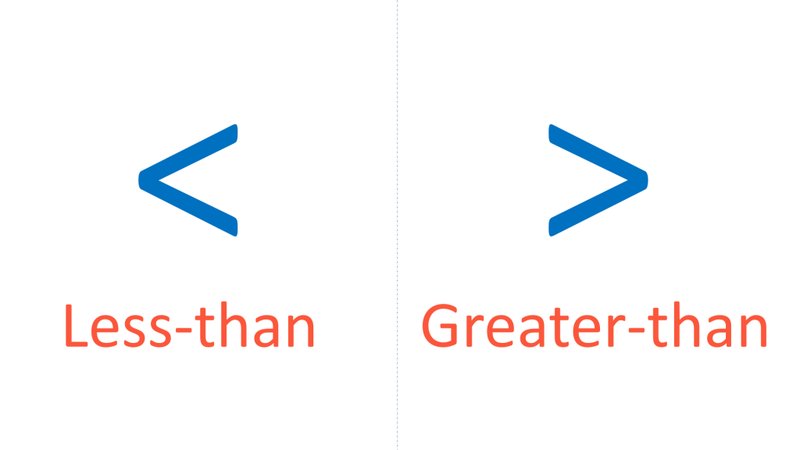
Imagine a vibrant tapestry of nature, where every thread plays a part. The greater kudu is one of those threads, weaving its story into the rich fabric of biodiversity. By taking a closer look at their conservation status, we can understand how our actions impact these magnificent animals and our planet.
Understanding the Greater Kudu
The greater kudu (Tragelaphus strepsiceros) is a large antelope species found primarily in the bushlands and savannas of eastern and southern Africa. Standing up to 4.5 feet tall at the shoulder, male kudus are known for their amazing corkscrew horns, which can spiral up to 3 feet long. They’re a sight to behold, with their sleek bodies adorned in reddish-brown coats and white vertical stripes that help them blend into their surroundings.
Here’s the thing: kudus are more than just stunning animals. They’re also adaptable, thriving in various habitats from thick woodlands to open grasslands. This adaptability, however, doesn’t make them immune to the threats posed by human encroachment and climate change. As their habitats shrink, the challenges they face grow.
Current Conservation Status
So, where do we stand in terms of the greater kudu’s conservation? According to the International Union for Conservation of Nature (IUCN), the greater kudu is currently classified as “Least Concern.” This might sound reassuring, but there’s more to the story. While the species as a whole isn’t at immediate risk of extinction, certain populations are experiencing significant declines, particularly in areas where habitats are being destroyed or fragmented.
A few factors contribute to this situation:
- Habitat Loss: Land development, agriculture, and deforestation are taking over the natural habitats where kudus roam.
- Poaching: Hunting for sport and bushmeat has put additional pressure on local populations.
- Competition for Resources: As human populations expand, kudus often find themselves competing for food and water with livestock.
It’s crucial we understand that even a species labeled as “Least Concern” can be vulnerable in certain regions. Like a tightrope walker, they can easily lose their balance if we don’t take action.
The Role of Conservation Efforts
Conservationists are hard at work trying to protect greater kudus and their habitats. Various initiatives focus on habitat preservation, anti-poaching measures, and community engagement. By involving local communities, conservation groups aim to create a sense of ownership and responsibility toward wildlife.
For example, some programs encourage sustainable land use practices that benefit both people and wildlife. This collaborative approach can reduce human-wildlife conflict and promote coexistence. It’s all about finding that sweet spot where nature and human needs balance.
Let’s not forget the importance of protected areas, like national parks and reserves. These places serve as safe havens for the greater kudu, allowing them to thrive away from the threats posed by human activities. In South Africa, parks like Kruger National Park are vital for the survival of not only kudus but countless other species as well.
What You Can Do to Help
Feeling inspired? There are plenty of ways you can make an impact in the conservation of greater kudus and other wildlife. Here are a few ideas to get you started:
- Support Wildlife Organizations: Consider donating to or volunteering with conservation groups dedicated to protecting endangered species.
- Educate Others: Spread the word about the challenges faced by the greater kudu and the importance of conservation.
- Choose Sustainable Products: Be mindful of the products you buy; support brands that prioritize sustainability and ethical sourcing.
Small actions can lead to big changes. When you support initiatives that promote biodiversity, you’re helping secure a future where greater kudus and other species can thrive.
Future Challenges for the Greater Kudu
While there are encouraging conservation efforts underway, several challenges still loom on the horizon. Climate change is one of the most significant threats, altering habitats and food availability for the greater kudu. As temperatures rise and rainfall patterns shift, the delicate balance of these ecosystems could be disrupted, affecting not just kudus but all wildlife that depends on these habitats.
Additionally, urban expansion continues to fragment their habitats, making it ever harder for kudus to find sufficient food and mates. Fragmented populations can lead to inbreeding and decreased genetic diversity, which poses another risk to their survival.
We must keep an eye on these evolving challenges. By staying informed and proactive, we can help mitigate their impacts and support the greater kudu.
Conservation Success Stories
It’s not all doom and gloom! There are some shining examples of successful conservation efforts for the greater kudu. In Namibia, community-based conservation programs have shown great promise. These initiatives empower local communities to manage wildlife sustainably while benefiting economically from tourism.
Thanks to these efforts, populations of greater kudus in some regions have stabilized and even increased. When communities recognize the value of wildlife, they are more likely to take steps to protect it. This creates a win-win situation: humans benefit, and so do the kudus.
Such stories remind us that with dedication and collaboration, we can make a positive impact on wildlife conservation.
The future of the greater kudu hangs in the balance, much like a delicate seesaw swaying with every influence. While they are currently classified as “Least Concern,” we cannot afford to be complacent. Protecting their habitats and addressing the challenges they face are crucial steps in ensuring their survival.
Together, we can champion the protection of the greater kudu and other wildlife. By supporting conservation efforts and making mindful choices, we contribute to a world where these magnificent animals can continue to roam the plains. After all, nature’s beauty is worth preserving—not just for us, but for generations to come.

